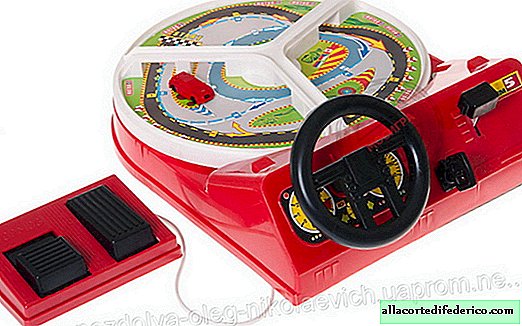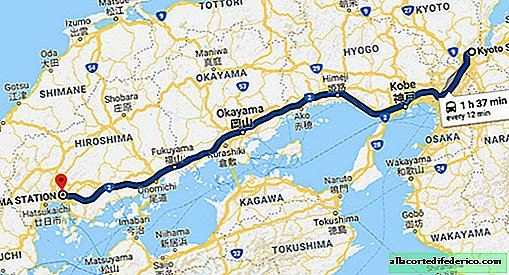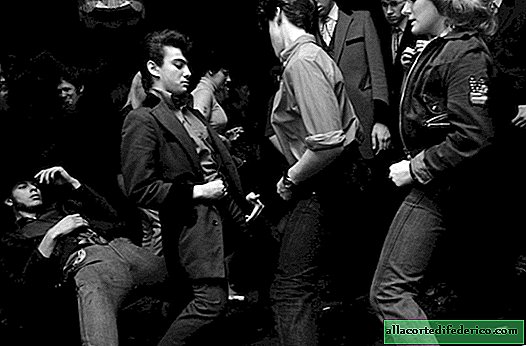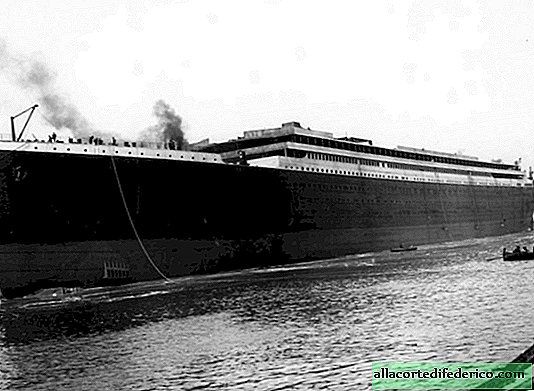Games of Soviet schoolchildren
Very young, some things from that time seemed rather strange, but there really was an era when the TV was considered a luxury item, and many did not even dream about VCRs and stereo systems. And this does not compare with how some today are eager to get a new iPhone or the latest PlayStation. In my childhood, children had their own special toys, which every child dreamed of.
Behind the wheel
This is not an application on Google Play for you, this is a cult Soviet car simulator - the dream of any Soviet boy. The spinning disk created a great illusion that the car was actually driving. And the ritual of launching the game with the key, real pedals, steering wheel and gearbox delighted all the boys. From the height of today, the control of a magnetic machine is perceived approximately as for the owner of a smartphone negotiations on a walkie-talkie from the First World War. But then it was considered the coolest "gaming" device. By the way, the machine had 3 speeds! It was a game of 10 rubles.

Railway
There was no boy in the USSR who did not dream of a railway made in the GDR. A huge box with a whole set of different models of almost real trains, wagons, rails, arrows, railway crossings, semaphores, train stations, houses and bridges ... And all this was set in motion using the remote control.

This toy world, created by the East German brand PIKO (the most famous manufacturer of model children's railway in the Union), thrilled not only children, but also their parents. The minimum (basic) set cost about 20 rubles, and the cost of the most sophisticated versions reached 50 rubles (almost half the average salary!).

Fifteen
The main puzzle in the Soviet Union, which in the early 1980s rattled in the pocket of almost any junior high school student. It was mastered easily - in an hour and a half. At breaks, competitions were often held for the speed of assembly-disassembly. "Fifteen" had one feature - after a week of active use, one or two chips were lost. After that, the student changed the function of the game: the main box became, which was used as a purse for little things. In the Soviet Union, many varieties of this puzzle were released, but perhaps one of the most famous is the Leningrad tag with the image of the arrow of Vasilyevsky Island. They cost 46 kopecks.

The game "Wait a moment!" ("Electronics IM-02")
The main gaming gadget of the 1980s is the Soviet copy (unofficial) of the Nintendo EG-26 Egg. The most famous and popular of the series of the first Soviet portable electronic games with LCD screens, produced under the brand name "Electronics".

The wolf must catch in the basket as many eggs as possible, "delivered" by hens from four sides. A point was counted for each egg caught, and a point was taken for every broken egg. Having gained 200 points, the player received a bonus game. During the game, a hare periodically appeared in the upper corner of the screen, and then you could earn bonus points. For a long time there was a myth that when you reach 1000 points, the cartoon “Well, wait a minute!” Will play on the screen, in fact, 3 short beeps sounded, and the game started again from 0 points and at high speed.
It was made in various versions: in one version, the wolf’s underpants are in a flower, and in the other, in polka dots; There is another option when stars are shown on the underpants and instead of the symbols DP and PP, the dial of the watch (this drawing option is the rarest). In addition to the game, the device had a clock and an alarm clock. It was a game of 23 rubles.

Rubik's Cube
The main object of desire for a Soviet schoolchild in the early 1980s. The cult of this puzzle was built on five elements - neon colors, a sweetish smell of plastic, a pleasant creak during assembly and a unique sense of volume that arose in the fingers. But the main thing was the mantra - assembly formula: "left - facade - top - right - facade" ...

In one of the issues of Science and Life, step-by-step schemes for assembling a cube — the main and various drawings — were placed on a color tab in a color tab. Torn sheets were redrawn and carefully passed from hand to hand.

Rubik's cube still has some unique appeal. There was a cube of 6 rubles.

Tetris
A mid-1980s game that instantly became a cult.

The first version of Tetris was created on Pascal and looked quite primitive. Distributed on 5.25-inch floppy disks by copying from friends. At first it flew around Moscow, and then throughout the USSR. But only those who had access to computers played it.

But it became massive in the 1990s, when the first Chinese Brick Game consoles appeared, including several games, including Tetris. The playing field is a rectangular shape of 10 by 20, a total of 200 pixels. To the right of the field is a scoreboard with a digital indication of the running game.
It was necessary to see with what excitement the people caught falling geometric figures and stacked them in piles so that they disappeared. It was a game for all ages ...
By the way, do not remember how much the Tetris cost? I just can’t remember.


















